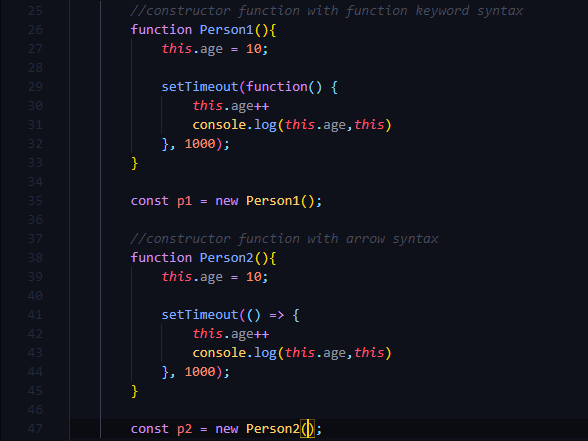
In the example below, we define an array named myFirstArray. The callback is called for each element in the array, in order, skipping non-existent elements in sparse arrays. Closures are typically implemented by every function object linking to a dictionary-style object representing its lexical scope. The map() method creates a new array with the results of calling a function for each array element. Let’s run it one last time: $ node forEach. forEach accepts a callback function and, optionally, a value to use as this when calling that callback (not used above).

A beautiful picture of a waterfall (by Jeffrey Workman)Īsync/await is freaking awesome, but there is one place where it’s tricky: inside a forEach() Let’s try something: const waitFor = (ms) => new Promise(r => setTimeout(r, ms)). This means that we can pass different callbacks to it, performing different operations on arrays.


 0 kommentar(er)
0 kommentar(er)
